ARTOIS - Arras - Wellington Quarry
- by duda-wsm
- •
- 02 May, 2019
- •
Year of visit: 2008
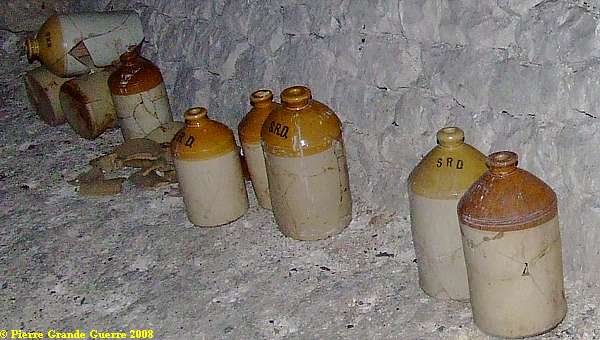
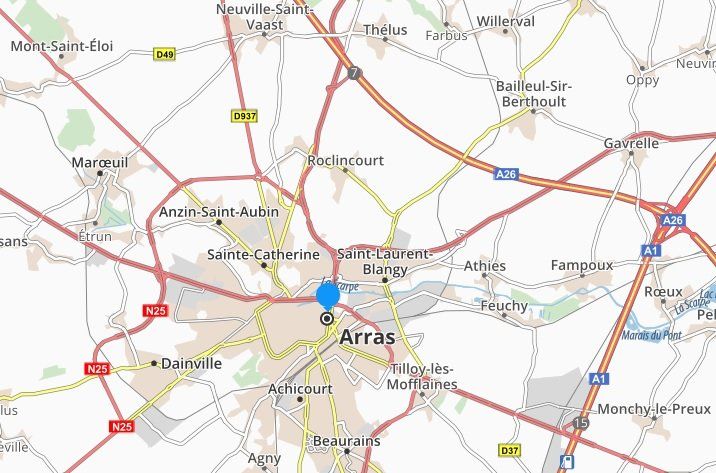
Outside the entrance of the quarry is a wall, commemorating the Battle of Arras with the names of all units involved.

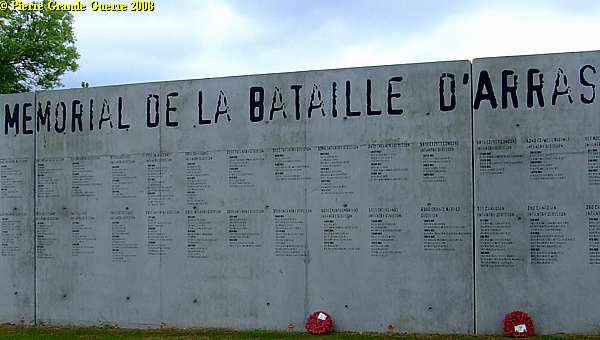
Lt. General Haldane's citation of the New Zealand Tunnellers is also on this Memorial wall:
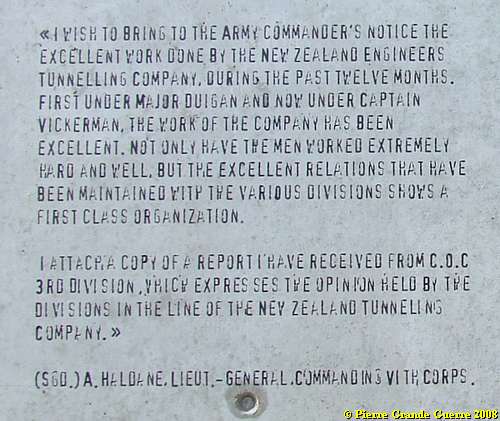
At the entrance of the quarry: these light railway wagons were of great importance for removing the rocks from the quarry.
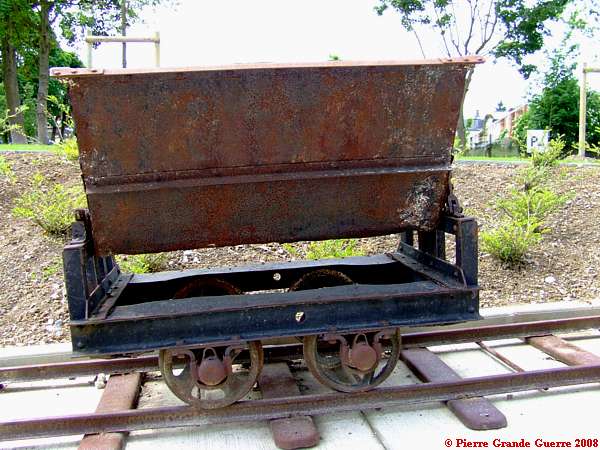
The New-Zealand Engineers Tunnelling Company
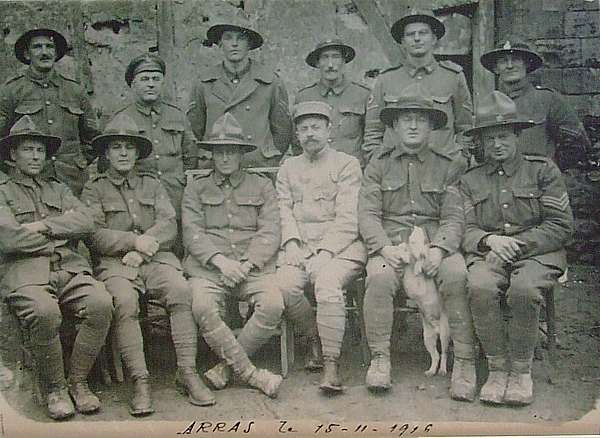
From the beginning of 1916, the Allies began preparing an attack at Vimy Ridge over a front of 22,5 km before the city of Arras: The Battle of Arras. Arras itself was already completely destroyed in 1914. The offensive was meant as a diversion attack for the Nivelles offensive at the Chemin des Dames, north of the Aisne river.
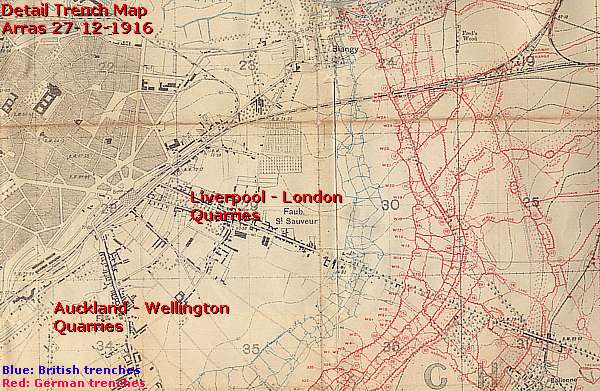
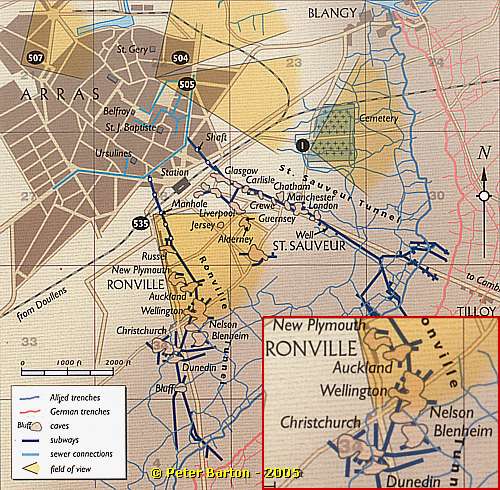
After going down 20 metres deep in a glass elevator, an audioguided tour, accompanied by a friendly human guide, takes the visitors into the Wellington tunnel system.
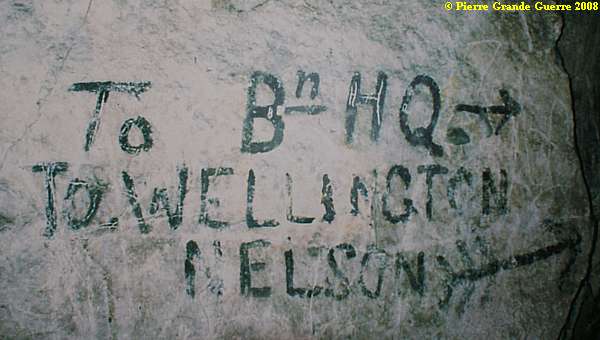
The New Zealand Tunnellers named this dark kingdom after their home towns.
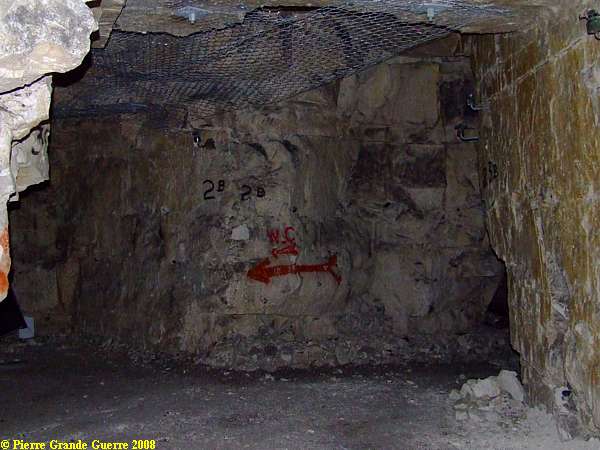
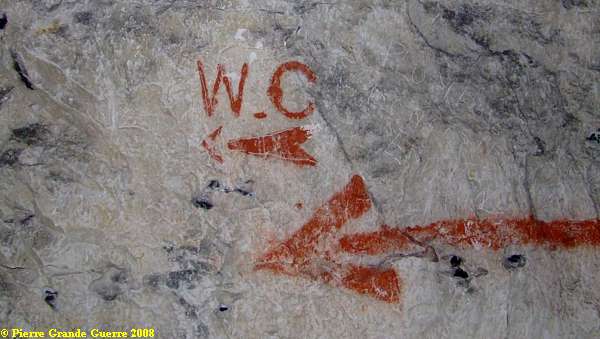
From one huge quarry called Auckland, soldiers could march through to Wellington, Nelson, Blenheim, Christchurch, Dunedin, and so on.
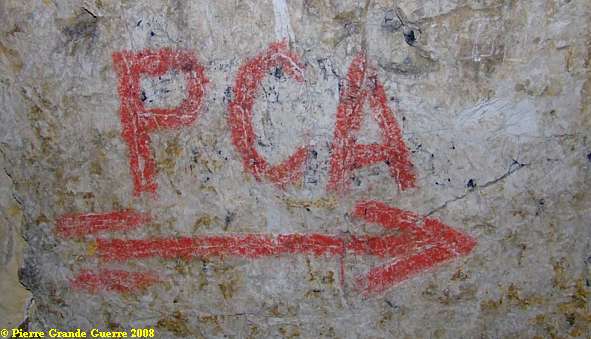
446 New Zealand Tunnelling Engineers, all professional miners, worked together with a battalion of "Bantams", Yorkshire miners below the Army's minimum length of 5 ft. 3 inch.
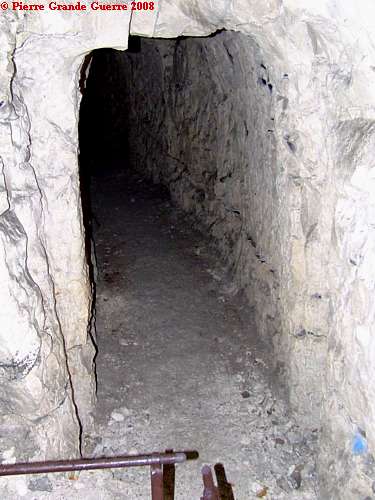
In about 6 months, the Tunnelers created two interconnected labyrinths, in total 12 miles long, and capable of hiding 24.000 soldiers and officers.
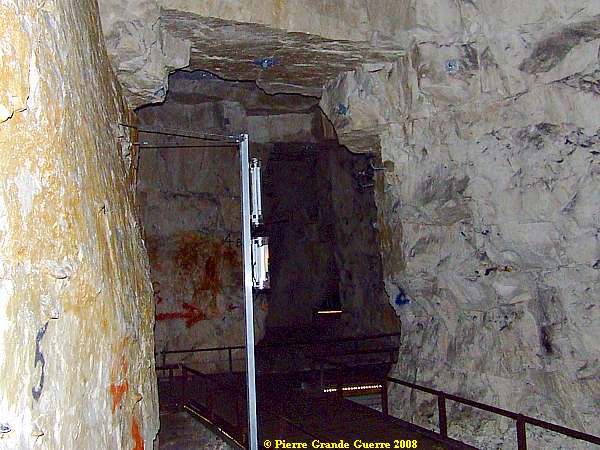

Canteens, chapels, power stations, a light railway,and even a fully equiped hospital with 700 beds were all established in this labyrinth.

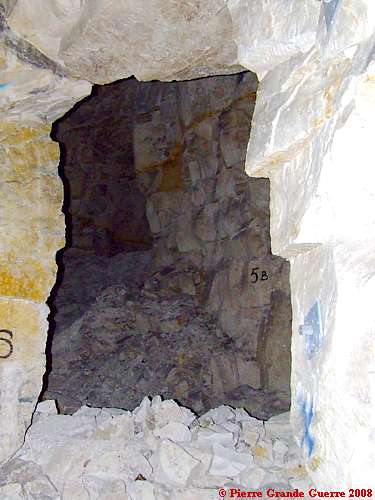
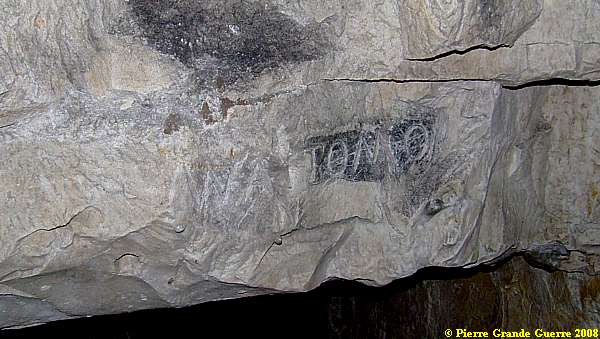
These corridors were not the narrow and low shafts, earlier used elsewhere on the front for underground mining activity.
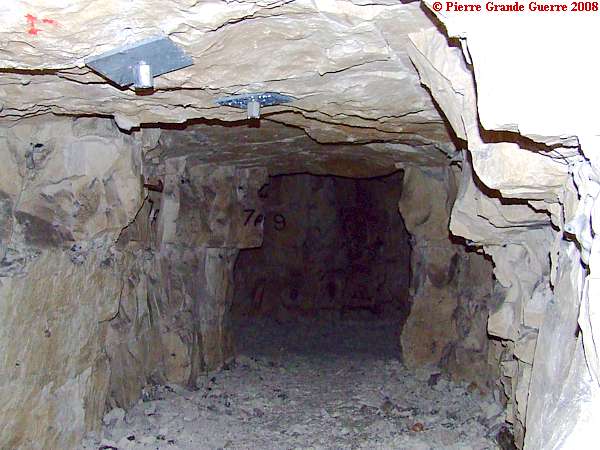
These tunnels had to be wide enough for soldiers to march in one direction, and wide enough to let stretcher parties pass, coming from the other way.
This modern net hangs before this meters high hole in the ceiling. It protects visitors for still falling lose rocks.
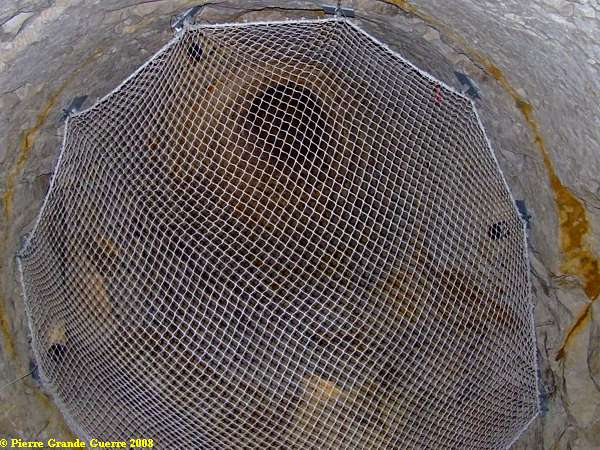
The New Zealand quarries, like the Auckland and Wellington, were linked to the northern section of quarries of Glasgow, Edinburgh, Liverpool, Crewe, and London and others, like a side-tunnel, which led to a trio of quarries called Jersey, Guernsey and Alderney.
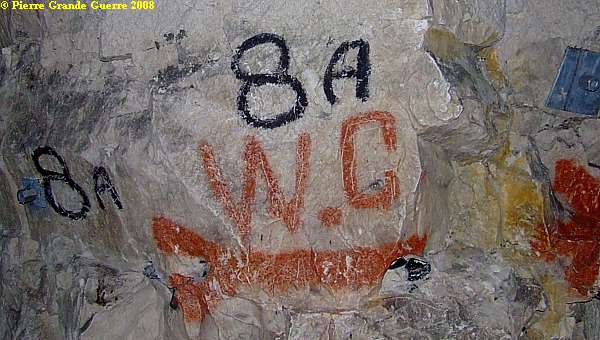
The New Zealand Tunnelers created the most extensive underground network ever in British military history!
This 1917 construction was made to protect the soldiers against falling rocks.
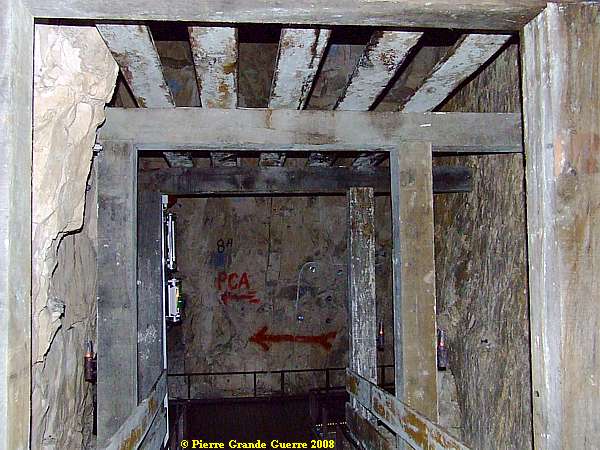
The Arras attack was set for Eastern Monday 1917. A week before Eastern the Generals started filling up their underground city with soldiers. This large operation had to be done in total secrecy.
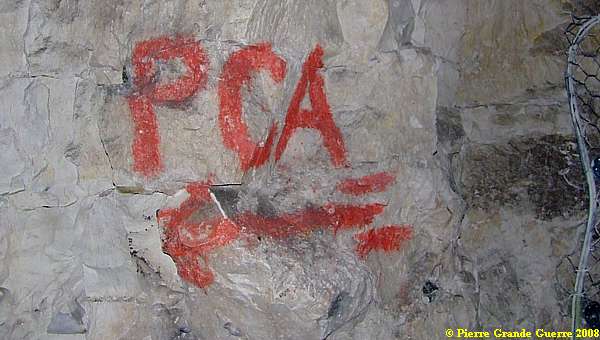
The soldiers entered the network through a few cellars, "boves", in the destroyed city. Then they walked to their underground positions, and waited there for several days.
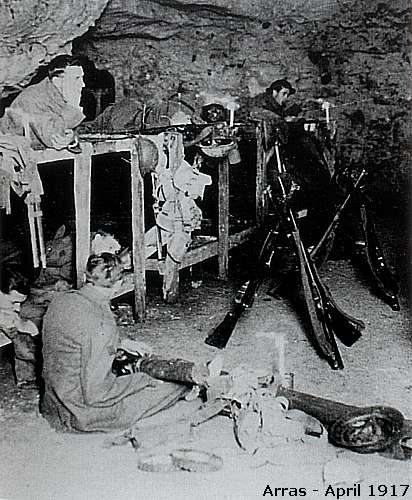
Each quarry, a maze of caves, housed a whole regiment, each of which had it's own number.
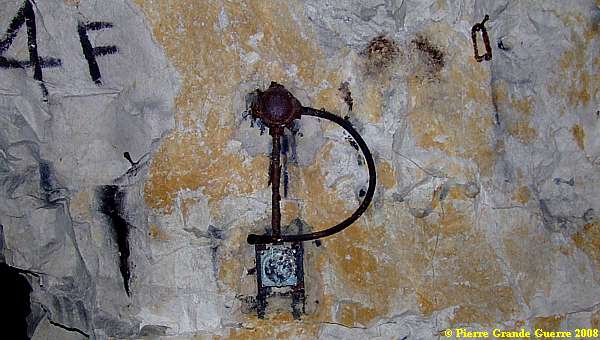
In this rather disorientating, dark underworld, 24.000 soldiers waited for more than a week, playing cards, singing, and writing letters.
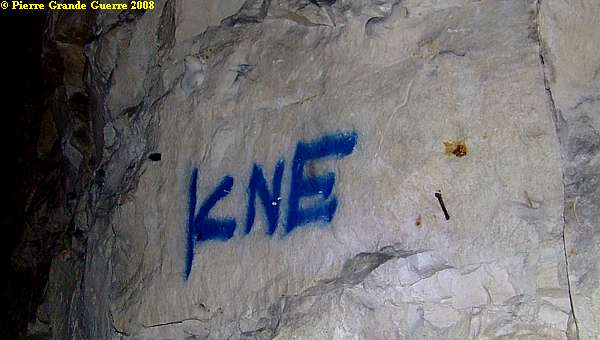
The troops found their designated quarters by following the painted numbers.
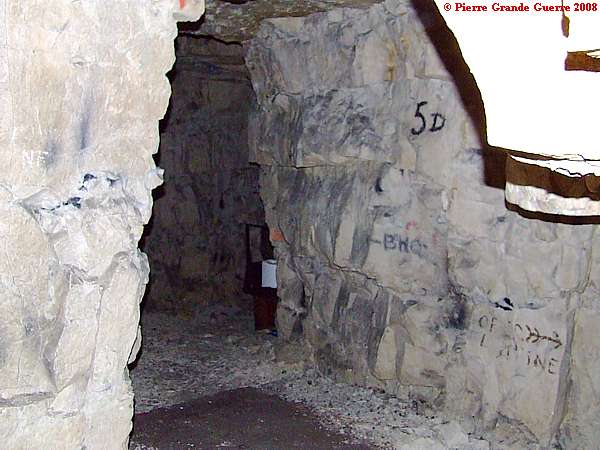
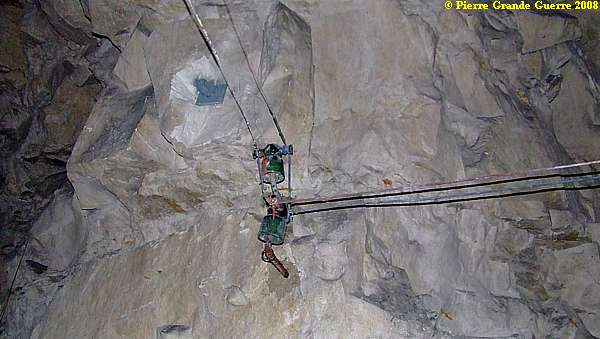
Officers had their own latrines.
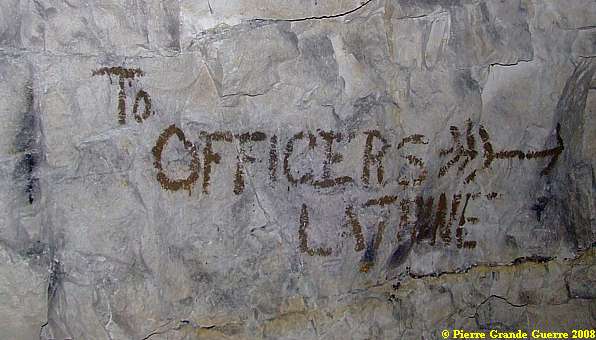
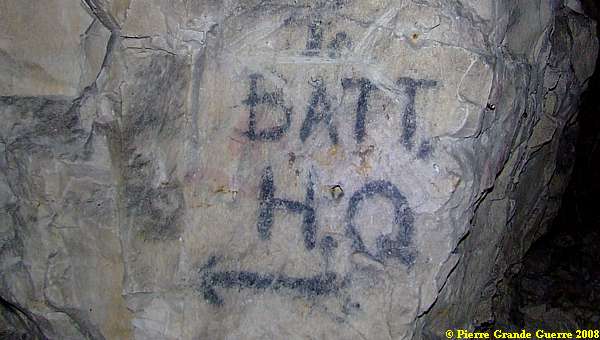
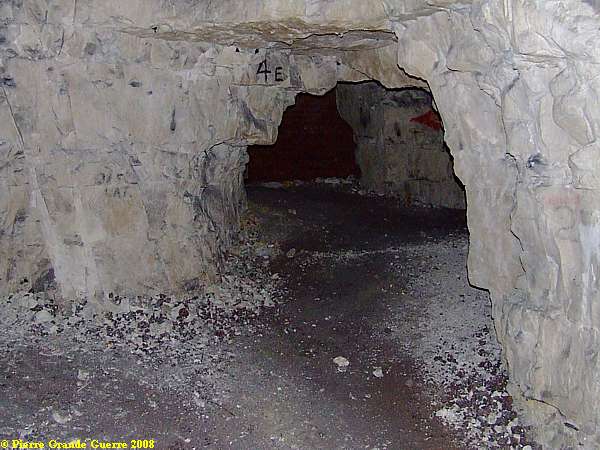
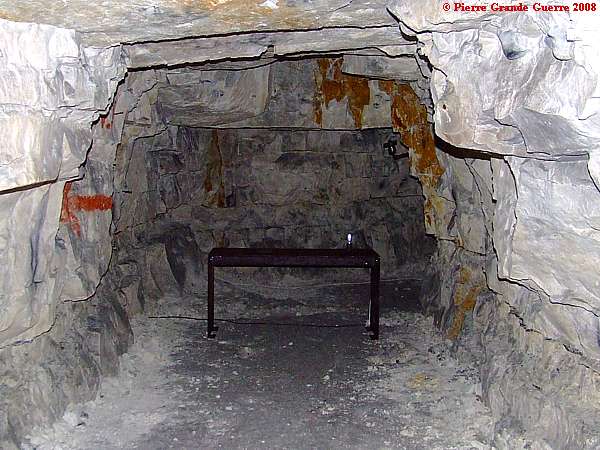
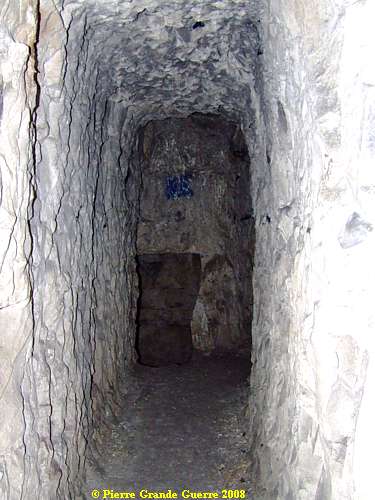
Furtheron in the maze: tiny drawings of soldiers on the walls. For very understandable reasons, these are protected with a screen against tourist fingers.
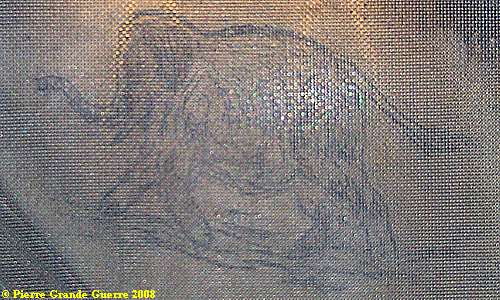

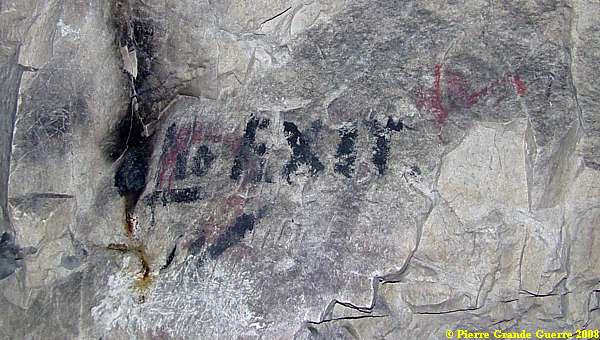

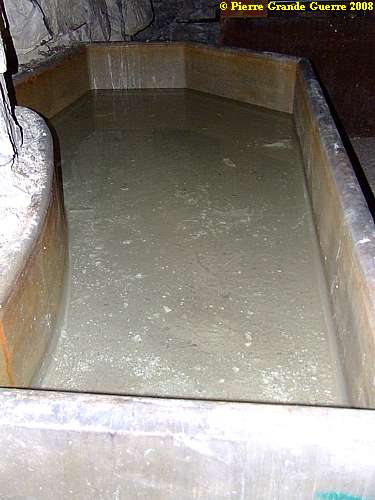
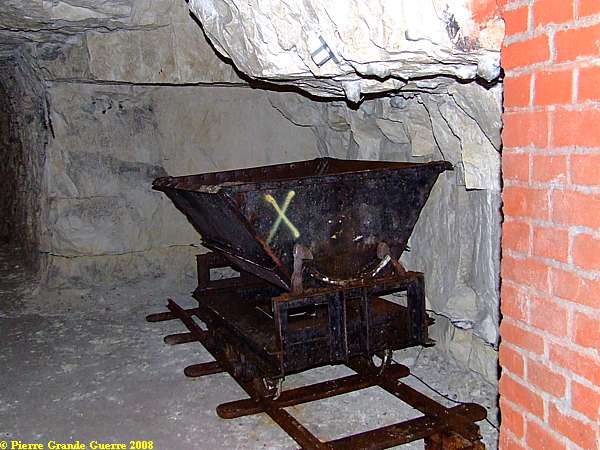
We have trouble to keep pace with our hasty guide, who already has been going on, on his way to Exit No. 10.
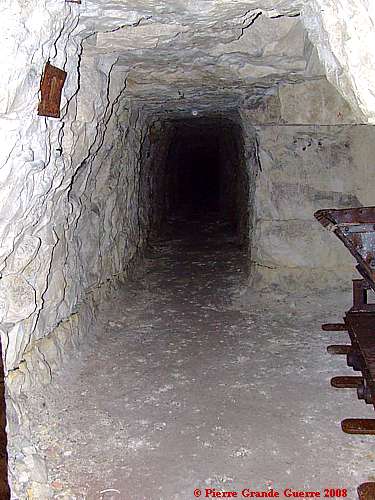
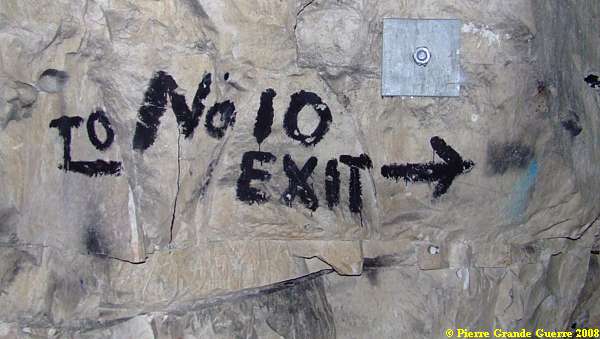
... the soldier received a cup of rhum from these Special Reserve Depot jugs to numb the fear, ...

..., and next the troops marched to their exit tunnels, up their designated staircases, out in to the open.
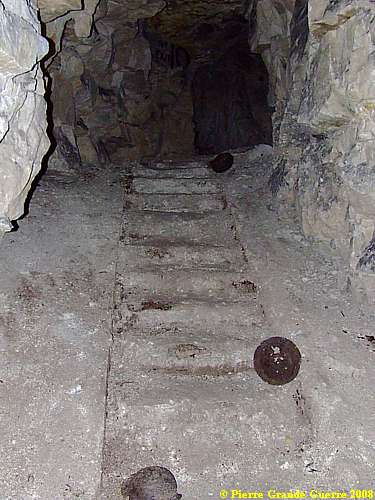
The infantry soldiers of the British Third Army found upstairs a carefully timed artillery barrage, blasting the German positions ahead of them.
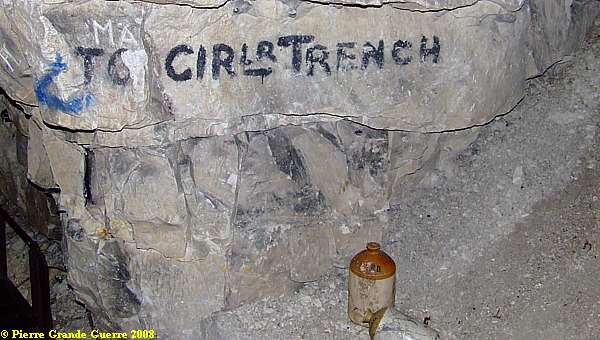
The Germans were surprised to see their enemy so suddenly a mile closer, than anyone of them had ever expected. The Germans surrendered, often bootless, and still in night clothes.
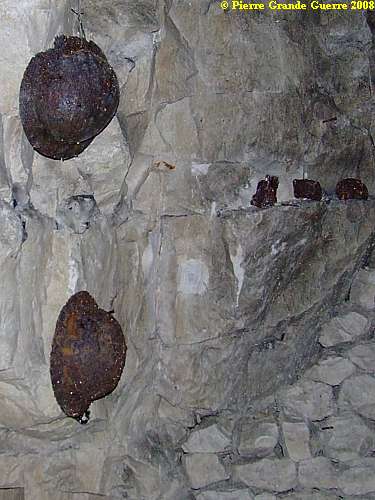
North of Arras, around Vimy Ridge, the Canadian Divisions of the 1st. Army faced a much stiffer opposition of the Germans for the next three days.
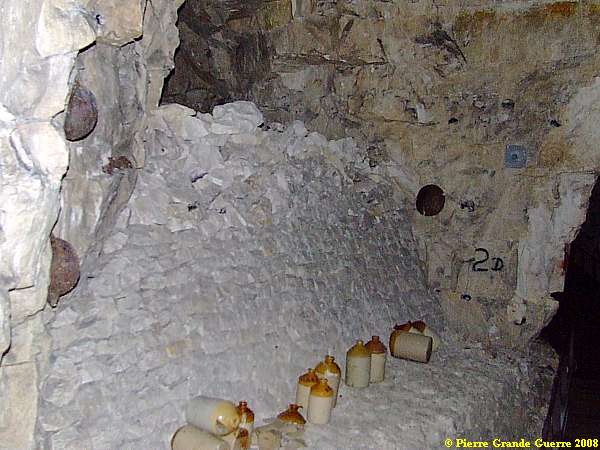
But the Canadians, too, had been helped by their own extensive tunnel systems, leading up to the German lines.
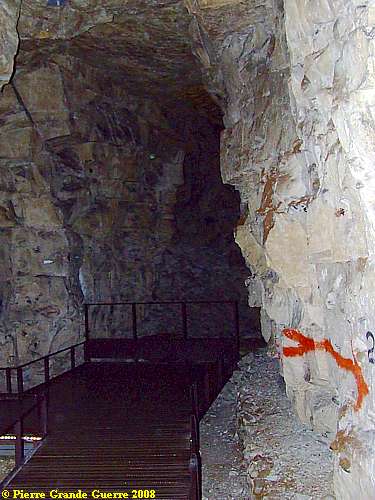
The Wellington Quarry itself is now a Memorial. It preserves the memory of these thousands of soldiers, billeted here underground, a few metres from the front line, before their surprise attack on the German positions.
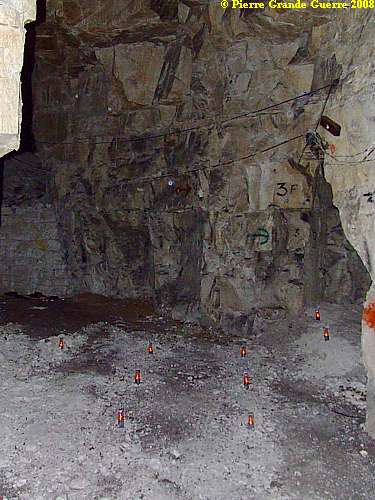
On the next page about Vimy Ridge, you will find more details about the Battle for Arras and the Canadian Divisions.
Continue to: "Vimy Ridge"

Inleiding: Franz Von Papen & Werner Horn; schaker en pion
Onlangs stuitte ik in een oud boek (1) van 1919 op een opmerkelijk verhaal over een Duitse Luitenant, die in begin februari 1915 een half geslaagde bomaanslag pleegt op een spoorbrug over een grensrivier tussen de Verenigde Staten en Canada. Ook al staat de bekentenis van de dader, Werner Horn, deels in het boek te lezen, de naam van zijn opdrachtgever zal Horn blijven verzwijgen. Na wat verder zoeken vond ik ook de naam van Horn’s opdrachtgever, Franz von Papen, een van de aangeklaagden van het latere Neurenberg Proces in 1946.
In een Grote Oorlog als de Eerste Wereldoorlog is Horn’s aanslag op de brug uiteraard slechts een bescheiden wapenfeit. Toch vermoed ik dat dit relatief onbekende verhaal, dat de geschiedenis is ingegaan als de “ Vanceboro International Bridge Bombing ”, nog interessante kanten kent. Het is onder andere een spionageverhaal over hoe in een groter plan een sluwe schaker zijn naïeve pion offert.
Beknopte situatieschets Canada en de Verenigde Staten in 1915

This trip we start at the Léomont near Vitrimont and we will with some exceptions concentrate on the Battle of Lorraine of August-September 1914 in the area, called, the “Trouée de Charmes”, the Gap of Charmes.
After the Léomont battlefield we continue our explorations to Friscati hill and its Nécropole Nationale. Next we pay a visit to the battlefield of la Tombe to go on to the Château de Lunéville. There we cross the Vezouze to move on southward to the Bayon Nécropole Nationale. At Bayon we cross the Moselle to pass Charmes for the panorama over the battlefield from the Haut du Mont. North-west of Charmes we will visit the British Military Cemetery containing 1918 war victims. From Charmes we go northward to the battlefield of the First French Victory of the Great War, the Battle of Rozelieures of 25 August 1914. North of Rozelieures we will visit the village of Gerbéviller. From there we make a jump northward to visit the ruins of Fort de Manonviller to finish with an interesting French Dressing Station bunker, west of Domjevin.


During this visit, we try to focus on the day that the momentum of the battle switched from the French side to the advantage of the Bavarian side: the day of 20 August 1914, when the Bavarians rapidly re-conquered the territory around Morhange , being also the day of the start of their rather successful “Schlacht in Lothringen”.
We will visit beautiful landscapes of the "Parc Naturel Régional de Lorraine", memorials, ossuaries, and cemeteries. Sometimes we will divert to other periods of the Great War, honouring Russian and Romanian soldiers, who died in this sector. We start our route at the border village of Manhoué, and via Frémery, Oron, Chicourt, Morhange, Riche, Conthil, Lidrezing, Dieuze, Vergaville, Bidestroff, Cutting, Bisping we will finish in Nomeny and Mailly-sur-Seille, where the Germans halted their advance on 20 August 1914, and where they constructed from 1915 some interesting bunkers.














